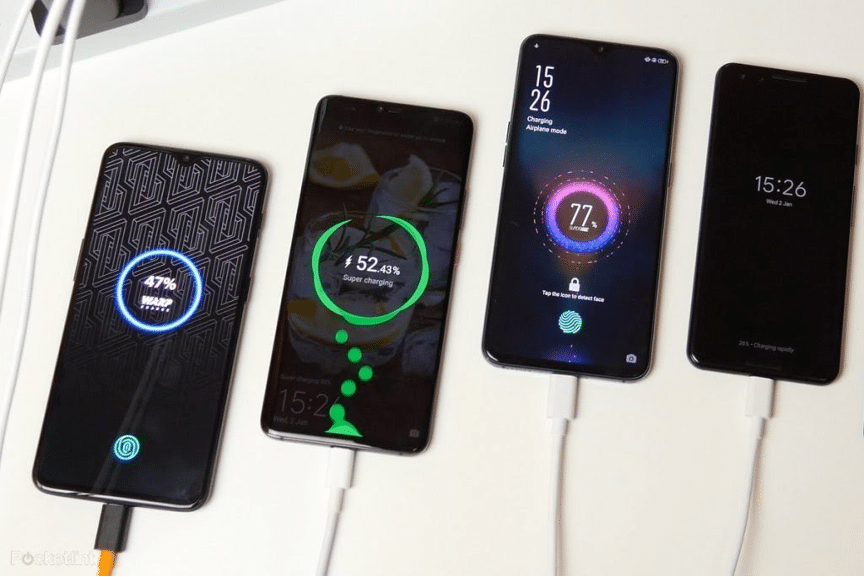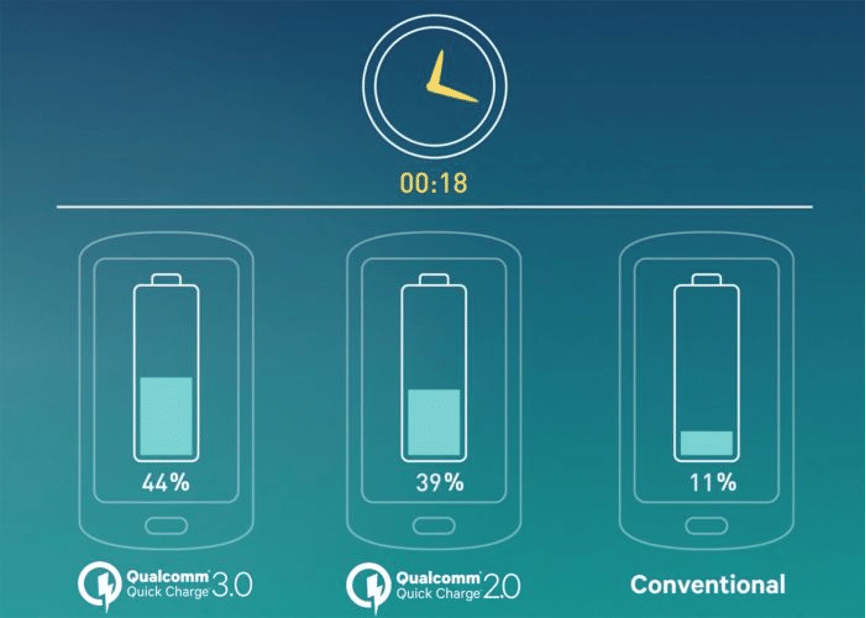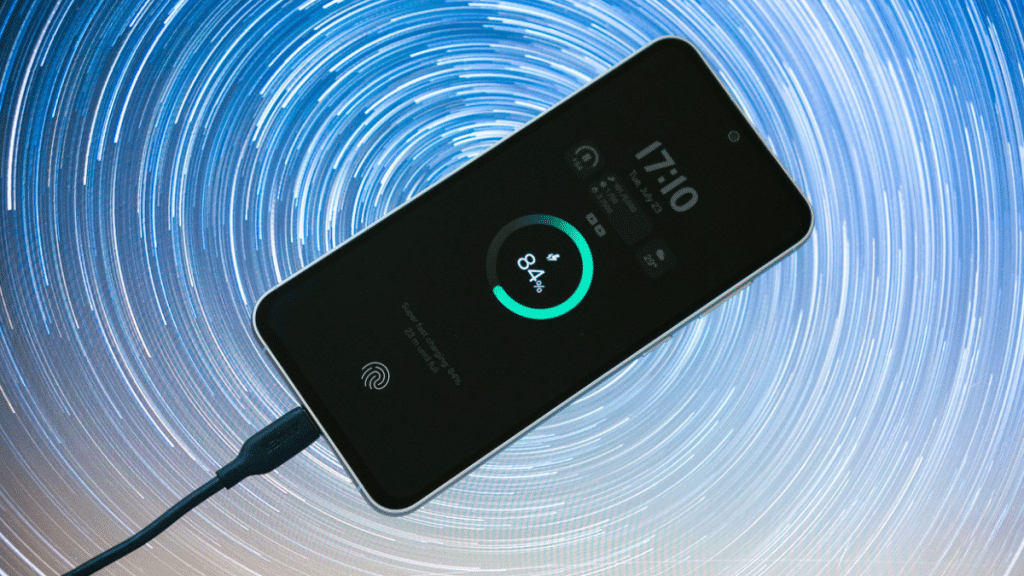Introduction
Imagine a world in which your phone can go from zero to 100% within minutes, eliminating low battery alerts forever! Fast charging technology isn’t just buzzword; it is revolutionizing how we interact with devices every day. Gone are days spent tied to outlets; mobile phone development has grown swiftly with PPS fast charging technology leading this charge on this front; this change revolutionizes convenience and efficiency across our tech-driven lives!
As we delve further into this subject, we will investigate how fast charging has evolved over time and its effect on users today and tomorrow. Are you curious to uncover the future of power? Join us! Let’s do this together!
The Evolution of Fast Charging in Mobile Phones
Fast charging technology has come a long way since its inception. When early mobile phones began using standard chargers that took hours to fully power back up their devices, users often felt tied down at outlets while waiting impatiently. Today’s modern phones use fast chargers which power back up in minutes!
Qualcomm’s introduction of Quick Charge marked an important turning point in smartphone evolution, enabling devices to draw more power without compromising safety or efficiency – an innovation which provided other manufacturers an incentive to follow suit and continue the momentum set forth by Quick Charge.
As competition increased, brands created innovative proprietary solutions such as OnePlus Warp Charge and Apple’s fast charging capabilities with USB PD (USB Power Delivery). Each advancement brought faster charging speeds and better user experiences.
PPS fast charging has quickly emerged as a game-changer in mobile device powering technology, revolutionizing how we perceive powering our devices and revolutionizing how charging them works. By intelligently adapting voltage and current according to real-time conditions, PPS fast charging optimizes charging speed while improving battery health – revolutionizing how we view charging our devices!
Benefits of Fast Charging for Users
Fast charging technology has revolutionized how users interact with their devices. Imagine being able to power your smartphone from zero percent charge all the way up to 50 percent charge within minutes; such a benefit makes fast charging technology essential for busy individuals on-the-go.
Time constraints dictate our daily lives, making fast charging an invaluable solution. From quickly getting ready for meetings or running errands quickly to helping recharge during travels – fast charging provides fast power boost when needed most!

Additionally, this innovation promotes productivity. Users no longer need to wait hours by an outlet; they can quickly recharge during short breaks or while commuting.
An efficient charging strategy offers peace of mind. Knowing you have enough battery life before heading out can allow you to focus on what matters – your tasks and connections without being concerned with finding chargers halfway through the day.
Impact on Battery Life and Longevity
Fast charging technology – particularly PPS fast charging – brings many advances, yet can also be detrimental to battery health. Fast charging methods may produce excessive heat that shortens their lifespan – potentially harming lithium-ion batteries in the process.
PPS (Programmable Power Supply) fast charging technology enables energy delivery more precisely and effectively. This system adjusts voltage and current according to real-time needs; ultimately minimizing stress on batteries during charging processes.
Users can take advantage of faster top-ups without compromising longevity; many smartphone manufacturers now include advanced thermal management systems to protect batteries against overheating when charging fast with these fast chargers.
As we move towards faster solutions for our devices, balancing speed with care remains essential to their future viability. Mobile power doesn’t simply involve quickly charging batteries but rather prolonging them over time for maximum effect.
Comparison of Different Fast Charging Technologies
Fast charging technologies are incredibly different–each has their own features. The best example of this is Qualcomm’s Quick Charging, both voltage and current levels are dynamically adjusted, or in other words, energy is quickly transferred while keeping safe.
Generally speaking, USB power delivery technology (USB PD) can be considered a universally accepted standard. It supports higher power levels and can charge multiple devices simultaneously through compatible cables.

In comparison, the PPS charging uses a new approach: an innovative approach that offers more granular control over voltage changes during charging sessions. This flexibility reduces heat production and improves overall efficiency.
Manufacturers like Oppo have introduced SuperVOOC technology. It enables extremely high wattages to deliver lightning-fast charges without compromising battery health.
With so many different options available, users can pick what best suits their needs based on how fast they need something charged up or it’s compatibility with devices.
Reference: https://wecentok.com/usb-pd-vs-pps-which-one-charges-faster/
Future Developments in Fast Charging Technology
Fast charging technology of mobile phones holds great promise and holds great potential in our rapidly developing society. As innovation gathers pace, we can expect remarkable advances that will revolutionize mobile experiences around the globe.
One exciting prospect lies in the advent of wireless fast charging systems, where devices could simply be placed on surfaces to be powered without cables being involved – this convenience could revolutionise how we interact with gadgets throughout our daily lives.
Researchers are exploring materials such as graphene to significantly boost battery performance. Such breakthroughs could speed charging times while increasing overall battery efficiency.
Artificial intelligence could play an instrumental role in optimizing charge cycles based on individual user habits and creating personalized charging solutions which extend battery life while keeping devices powered up when most needed.
Manufacturers continue to push boundaries by adopting cutting-edge technologies such as pps fast charging into everyday devices for maximum speed while simultaneously improving energy management for users worldwide.
Potential Barriers and Solutions
As fast charging technologies advance, several challenges emerge. Of particular note is heat generation resulting from high power outputs which could potentially overheat devices and damage batteries and components.
Manufacturers have responded by creating more effective thermal management systems. These advanced cooling solutions help dissipate heat more effectively during charging sessions.
Another challenge involves compatibility across brands and devices. Not every phone supports all fast charging protocols, which often leads to user irritation.
PPS (Programmable Power Supply) standards seek to address this discrepancy between device models by offering consistent performance regardless of brand. Users will benefit from consistent experiences regardless of which brand of device they purchase.
Battery degradation remains an increasingly pressing concern; rapid charging may shorten lifespan significantly.
Smarter algorithms may help reduce wear on batteries without compromising speed or longevity.
Conclusion
Fast charging technology is revolutionising mobile phone use. Focused around pps fast charging, users now enjoy faster and more efficient power solutions that fit seamlessly into their busy lives. As we witness its development over time, convenience and performance remain top priorities.
While prospects for faster charging are becoming visible on the horizon, new technology also promises batteries that are more durable.. However, issues including heat, power supply and interface standard are still stumbling blocks; thanks to smarter design or refined materials, the industry has made great progress on overcoming these problems.
In an age where people are more dependent than ever before upon their gadgets to help them accomplish their work, keeping up with developments is more vital than ever.
